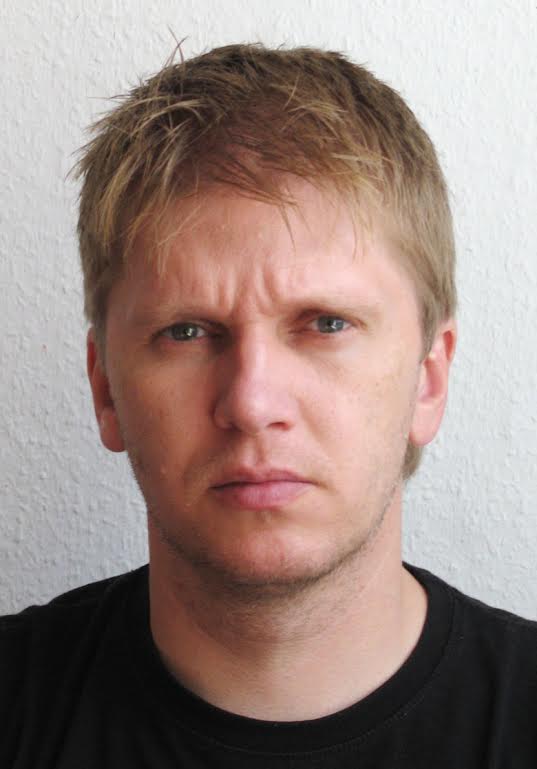Work:
Lightness of Being, 2017. Performance. Courtesy the artist
Venue:
Sequences venues and streets of Reykjavík, Friday, October 6
In his sculptures, performances, and social and architectural interventions, Roman Ondak marks the metrics of change, particularly as it is instigated by the visitors to his work or charted against the duration of his exhibitions. These categories highlight the framework of the institution, whose operations are tied to standardized measurements and precise calculations. As a gathering place in which people can congregate, the institution functions as a catalyst for a process of accumulation with his artworks—whether they result in time capsules, drawings, or a wall label that fosters suspicion. Juxtaposed against the precise metrics inherent in the institutional framework in which his work is shown, Ondak subtly manipulates the scale, time, and perceptions of his objects and performances.
For Sequences, Ondak presents Lightness of Being (2017), a performance in which a group of twelve people of various ages form a line from eldest to youngest. As if they were in a chain, the group is joined to one another by soft bands of fabric, which are in the form of a Möbius strip—a surface with no beginning or end. During the performance, the group walks, rests, sits, talks, and moves together in and around the Marshall House and the city of Reykjavik. The title of this work refers to The Unbearable Lightness of Being, a 1984 novel by the Czech author Milan Kundera about two women, two men, and a dog living in the 1968 Prague Spring period of Czechoslovak history. Kundera’s novel challenges philosopher Friedrich Nietzsche’s concept of eternal recurrence—the idea that events in the universe have already occurred and will continue to recur endlessly. The novel poses the concept that each person has one life to live, and this life will occur only once. Kundera’s “lightness” refers to the freedom that this idea proposes in opposition to the weight or burden of having one’s actions in this life carry into the future. Ondak’s performance contemplates these philosophical ideas in a simple and poetic portrait of age and ageing, drawing awareness to our limited time on this earth and proposing that we might visualize our future and past in the line of people behind and ahead of us.
